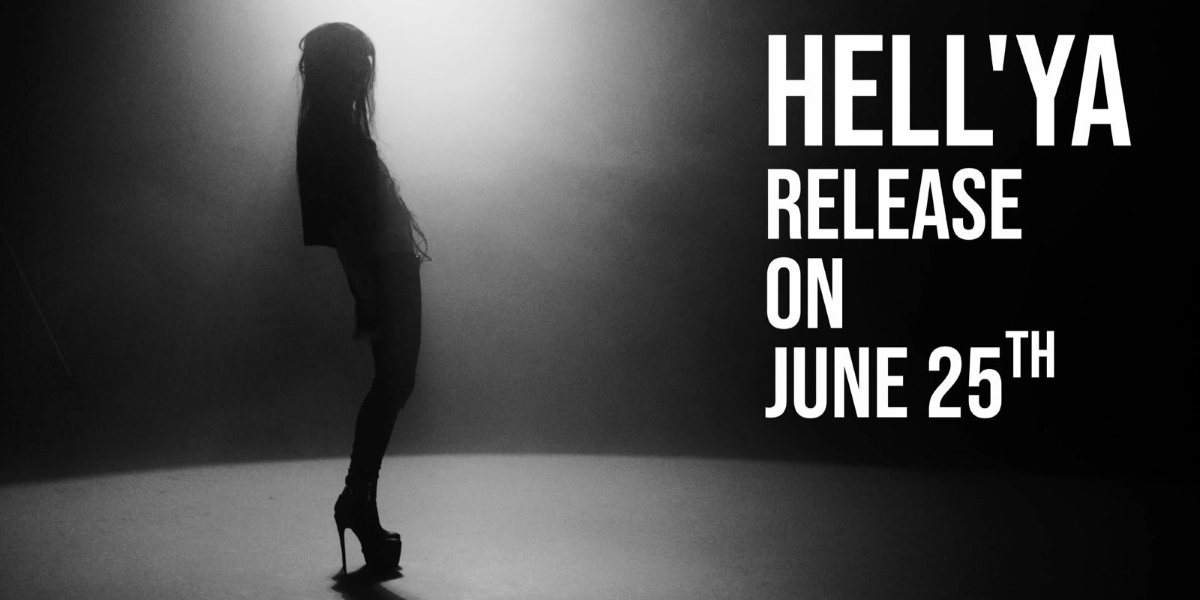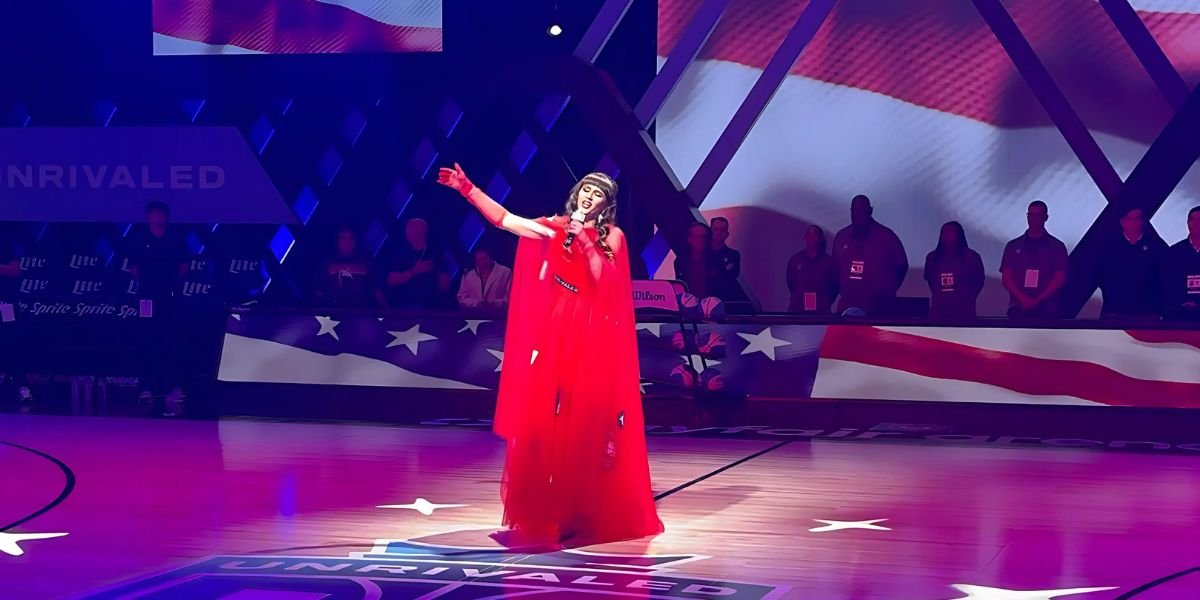What Draws People to Clubbing Through House and Trance?
The energy inside a club is like no other space. It’s not just about loud beats or flashy lights. It’s about movement, sound, and human connection. Clubbing has become a cultural outlet, especially through genres like house and trance music.
House music first emerged in the underground scenes of Chicago. It was a sound that merged soul, funk, and electronic rhythm. Trance, on the other hand, rose from European clubs with long build-ups, melodic layers, and euphoric drops. Both genres created more than music—they shaped how people dance, celebrate, and experience nightlife.
The reason people keep coming back to clubbing often goes beyond entertainment. For many, it’s a ritual, a chance to disconnect from everyday life and reconnect with their bodies, friends, and emotions through rhythm and space.
Read Also: The Appeal of Minimalist Album Covers: A Look at Why Artists Embrace Simplicity
How Do House and Trance Music Shape the Clubbing Experience?
In the world of clubbing, music is not just heard—it’s felt. House music brings deep basslines and steady grooves that make dancing feel instinctive. Its rhythm seems to guide every footstep and every beat of the heart.
Trance, in contrast, builds an emotional atmosphere. With dreamy melodies and repetitive patterns, it often takes dancers into a hypnotic state. People lose track of time, and in that space, they find freedom. Some even describe it as meditative.
These two styles have shaped how clubbing venues are designed. Clubs that feature house often lean into minimalist lighting and raw aesthetics, focusing attention on the sound system. Trance venues tend to emphasize immersive visuals and spacious dance floors, giving room for sound to build and flow. The music influences everything from crowd energy to how the night unfolds.
Why Is Clubbing Still Relevant in the Digital Age?
Streaming platforms and virtual events have made music more accessible than ever. But something about clubbing remains irreplaceable. Physical presence, shared emotion, and unspoken connection create moments that digital experiences can’t fully replicate.
Clubbing is often described as a form of community. People from different backgrounds come together without needing to say much. The music does the talking. There’s no script—just shared experience, movement, and release.
Even as technology evolves, many venues continue to invest in high-quality sound systems and thoughtful DJ lineups. For regulars, this dedication creates trust. They know they’ll walk into a space where the music matters. This kind of environment keeps the clubbing scene alive and evolving, especially for fans of house and trance music.
How Do DJs Influence the Culture of Clubbing?
In clubbing culture, the DJ is more than a performer—they’re a guide. Their choices set the tone of the night and determine how the crowd moves together. In genres like house and trance, DJ sets often tell a story, flowing through moods and tempos.
What makes these DJs stand out is not just technical skill, but intuition. They read the crowd and know when to push energy or pull it back. A smooth transition, a surprise drop, or a subtle remix can shift the entire mood of the room.
Many well-known DJs started in small local clubs, learning how to connect with people on the dance floor. This grassroots path gives them a unique sense of how clubbing works at its core. As they move on to bigger stages and festivals, that grounding often stays with them. It becomes part of the identity they bring to the global scene.
Read Also: Exploring How Artists Utilize Nostalgia in Music
What Role Does Clubbing Play in Cultural Expression?
Clubbing has always been more than music. It has given space to marginalized communities, creative expression, and social connection. From queer nightlife in underground house scenes to trance festivals promoting unity and peace, these spaces have offered freedom.
Fashion, dance, and visual art often blend into the clubbing environment. Some clubs become creative hubs, where new sounds are tested and fresh styles are born. The dance floor becomes a place not just for partying, but for redefining identity and finding belonging.
In cities around the world, clubbing also reflects local culture. In some places, nights start late and continue until morning. In others, events focus on sustainability or wellness. Even with different expressions, the core values of connection and rhythm remain.
This evolving identity of clubbing shows how it adapts while still honoring its roots. Whether it’s a deep house night in a warehouse or a trance set on a beach, the experience leaves a lasting imprint.








